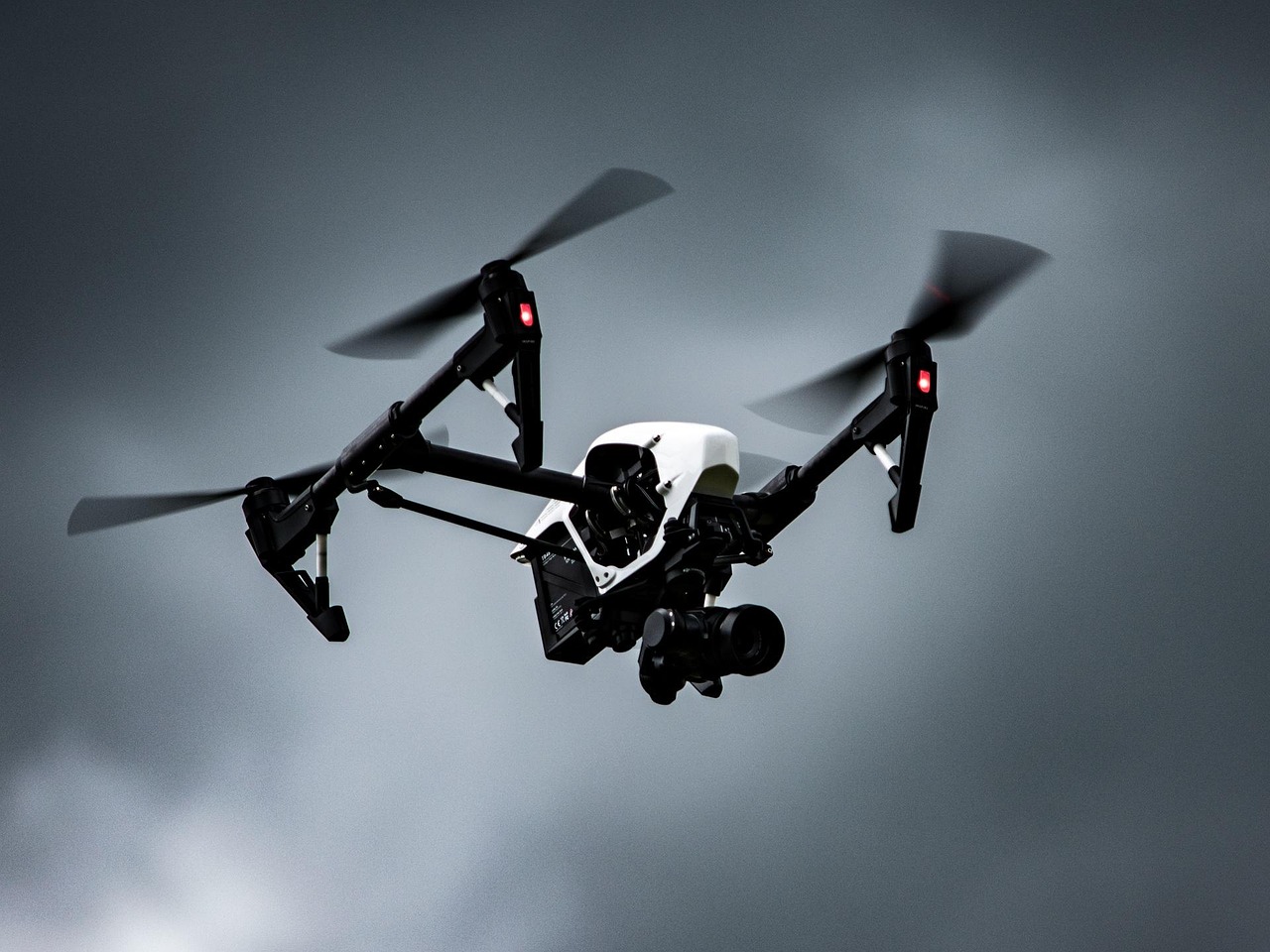Hello there! Today, we're going to dive into a phrase that's as important as it is simple: "Do Not Block." This phrase might seem straightforward, but it carries a lot of weight in various contexts, from traffic signs to digital interfaces. Let's explore what it means, why it's crucial, and how to use it effectively.
What Does "Do Not Block" Mean?
Imagine you're driving down a busy street, and you see a sign that says "Do Not Block." This is a clear instruction to not hinder or obstruct the flow of traffic. It's a polite way of saying, "Keep moving, don't stop unnecessarily, and let others pass." In digital terms, it might appear on a website or app, asking users not to interfere with the normal functioning or flow of information.
Why Is "Do Not Block" Important?
"Do Not Block" is a phrase that ensures smooth operations. In traffic, it prevents congestion and keeps emergency vehicles moving. In digital spaces, it maintains the flow of data and user interactions, which is essential for efficiency and user satisfaction.
Examples of "Do Not Block" in Action
Let's look at a few examples to better understand this concept:

1、Traffic Management: On a busy intersection, a sign might read, "Do Not Block the Intersection." This means drivers should not stop or park in a way that prevents other vehicles from moving through the intersection.
2、Online Forums: In an online discussion, a moderator might remind users, "Do Not Block New Posts." This means users should not post repetitive content or engage in behaviors that prevent new discussions from being seen.
3、Software Updates: When updating software, you might see a message like, "Do Not Block Automatic Updates." This is a request to allow the software to update without interference, ensuring you have the latest features and security patches.
How to Use "Do Not Block" Effectively
Now that we understand the importance of "Do Not Block," let's look at how to use it in our daily lives:
1、Be Mindful in Traffic: When driving, always be aware of your surroundings and avoid stopping in areas that could cause a blockage. This includes not parking in fire lanes or stopping in the middle of a busy road.
2、Respect Online Spaces: In digital environments, respect the rules of the platform. Don't spam, troll, or engage in behavior that disrupts the experience for others.
3、Enable Automatic Updates: For your devices and software, consider enabling automatic updates to ensure you're always running the most recent and secure versions.
Practical Insights and Suggestions
To wrap up, here are a few practical insights and suggestions to help you incorporate "Do Not Block" into your life:
Stay Informed: Know the rules and regulations in your area regarding traffic and digital conduct. This will help you avoid unintentionally blocking others.
Communicate Clearly: When you need to convey the message "Do Not Block," do so in a clear and polite manner. This could be as simple as a sign or a message in an online chat.
Lead by Example: Be the change you wish to see. By not blocking others, whether in traffic or online, you set a positive example for others to follow.
In conclusion, "Do Not Block" is more than just a phrase; it's a principle that promotes efficiency, respect, and smooth operations in our daily lives. By understanding its meaning and importance, and by applying it in our actions, we can contribute to a more harmonious and functional world. So, the next time you see or hear "Do Not Block," remember its significance and act accordingly. Keep the flow going, and let's all do our part to keep the world moving!
Office Buildings in English:A Comprehensive Guide to Terminology and Usage
Unlocking Passion:The Power of Loving to Do Something in English
Unlocking the Power of Fitness:A Comprehensive Guide to Gym Workouts in English
Understanding the Lingo:How to Pronounce Building in English
Unlocking Passion:The Power of Loving to Do Something in English
Good Morning in English:A Comprehensive Guide to Greeting the Day
Understanding the Pronunciation of Fool in English:A Guide for Non-Native Speakers
Exploring the World of Sports:A Comprehensive Guide to English Terminology in Athletics
Capturing Moments:A Comprehensive Guide to the Art of Photography in English